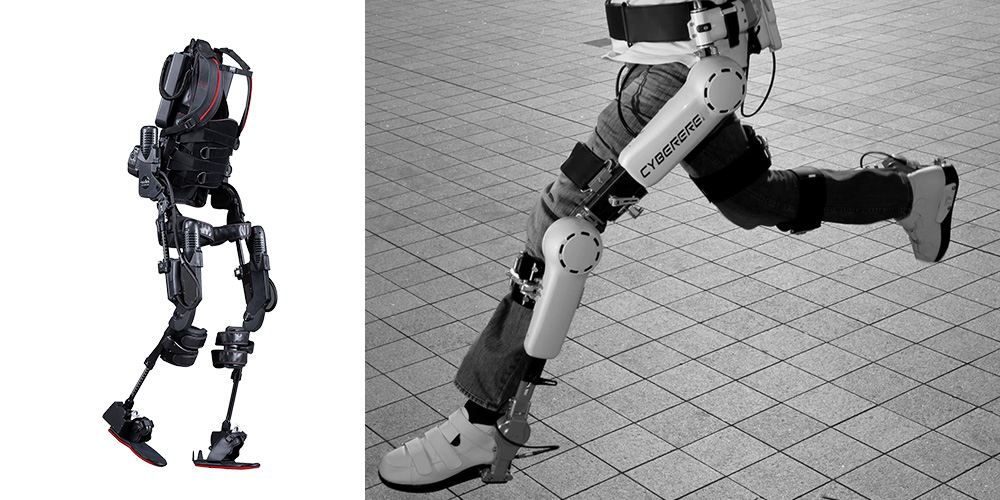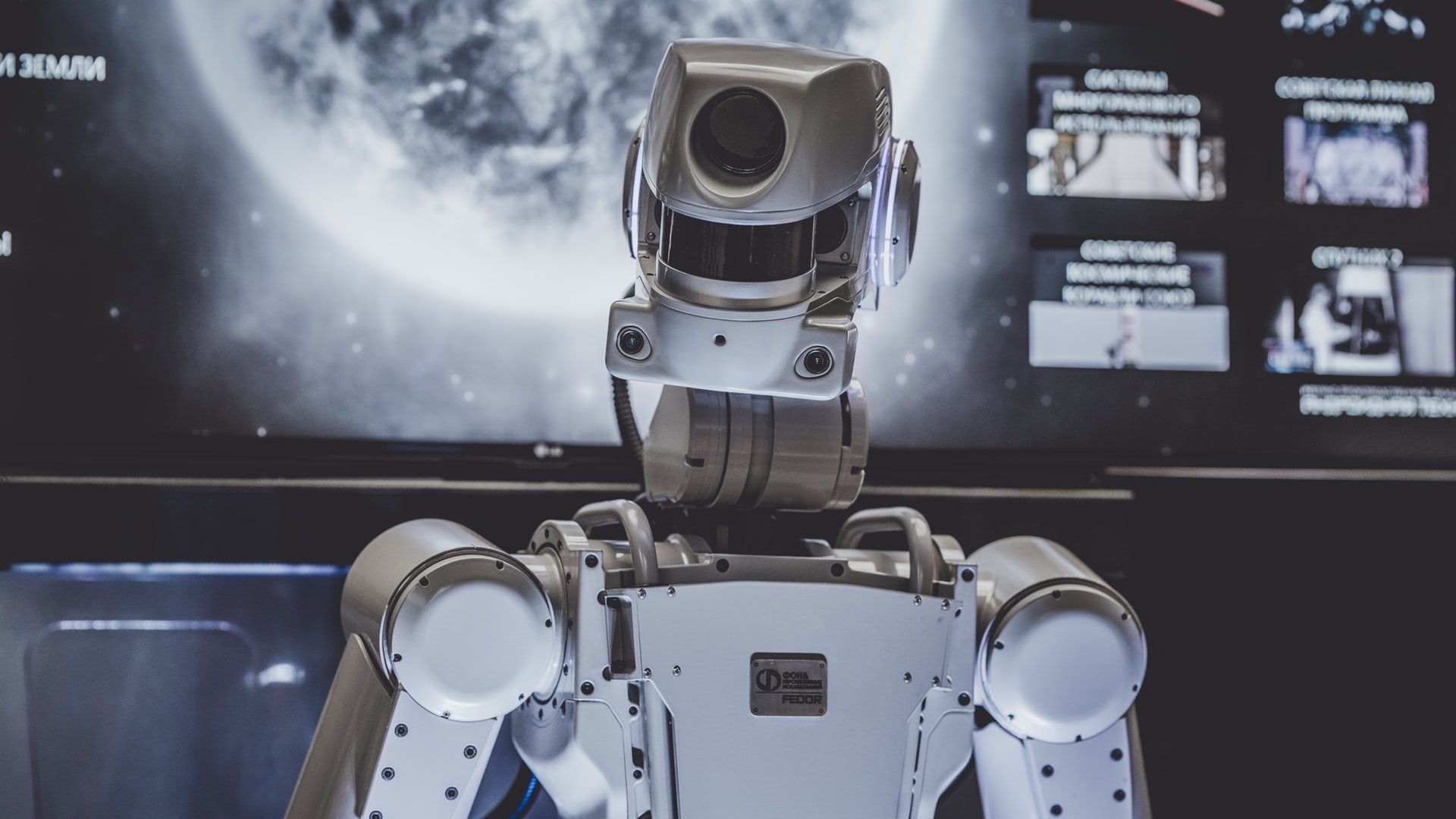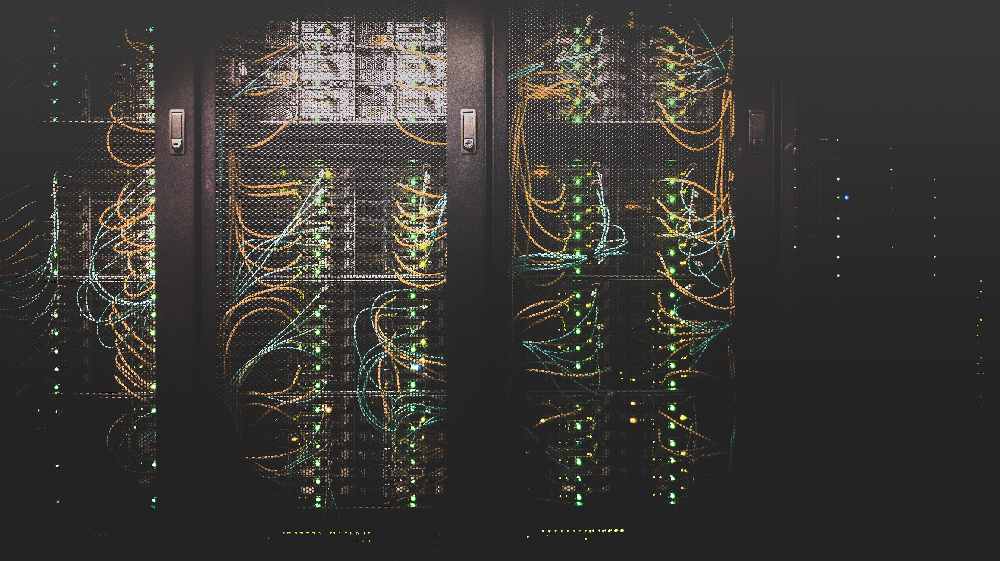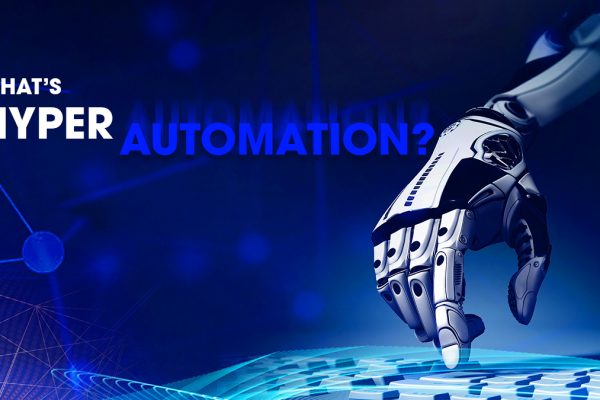Almost everyone who has seen the Iron man movies must have imagined themselves flying in a powered suit/ exoskeleton. While an actual Iron Man suit(with an arc reactor and flying capabilities) is still far away, exoskeletons that allow people to carry out difficult tasks easily are already in use. This is brought about by the rapid developments in cybernetics.
Cybernetics is a huge branch of technology connecting across fields such as biology, neuroscience, psychology, engineering, and software. And its end products range from prosthetic arms to huge exoskeletons.
While films may have painted a scary picture of cyborgs, cybernetics provide a lot of hope for amputees and other people with disabilities. Advances in brain-machine interfaces have led to the development of bionic limbs which are as good as or even better than actual limbs.
Understanding the brain – the first step?
As cybernetics is basically figuring out how to control machines with the brain, understanding how the brain works is very important.
For example, imagine developing a bionic arm. An arm is controlled by the signals coming through the human brain. For the bionic arm to serve its function, it has to move according to how the patient intended and must not be any different than the regular human arm(extra strength won’t hurt). For this, the arm must sense the signals sent from the brain through the motor neurons and act accordingly. For this, it is important that we are able to decode the signals from the brain.
A new approach for this is to redirect the nerves to the arm to a different set of muscles. In a recent case, surgeons redirected the nerves from a patient’s shoulders and connected them to chest muscles. When the patient wanted to move her hand, now the signals that were supposed to go to her hand were redirected to her chest. Here sensors placed on her chest would pick up the movement of her chest muscles and move her bionic arm.
While such an arm may seem perfect, it does have drawbacks. Maybe in the future, it may be possible to directly read the signals from the nerves without redirecting them. But even then, a major element is still missing. A sense of touch is very important for effectively using the arm. It lets a person know how hard or soft an object is and can adjust their grip appropriately. Proper feedback means the difference between softly holding an egg and breaking it open accidentally. A sense of touch may also be the hardest to replicate. Human skin is in itself a sense organ, being able to sense if something is hot or cold, the hardness of an object, etc.
Our brains are plastic. No, they’re not made of plastic
The difficulty in sending signals to the brain may be slightly easier due to the phenomenon known as neuroplasticity. The human brain is not simply born with all the connections between neurons preset. As the brain receives data from the sense organs, it learns and makes inferences and develops a working model by forming connections between neurons. While the brain learns rapidly in childhood, it keeps on learning throughout the life of a person. This is essentially how people learn. The brain notices patterns and forms correlations to make a picture of the world. (The brain hears the sound of a bell while getting food, learns that the sound is associated with the arrival of food). So if you can send signals to the brain, the brain will learn to understand it. Still, confused? Lemme give you an example.
In 1969, Paul Bach-y-Rita, a neuroscientist connected a video camera to some solenoid activators connected to the back of a blind patient. Basically, if an object is presented in front of the camera, the activators on the back of the patient vibrated in a corresponding manner. Within around 50 trials, the patient was able to recognize geometric shapes based on the vibrations. Training for a couple of hours allowed the patient to identify objects.
This phenomenon is called sensory substitution, where one sense (vision) is substituted with another(touch). Basically, the brain was able to make sense of data to develop a picture of the world. The interesting part is that the processing for the data happens in the region of the brain that processes data for the substituted sense. For example, in this case, the tactile data is now processed in the visual cortex of the brain. This is due to the neuroplasticity mentioned above. So basically, the brain is capable of producing an image just by touch, or rather you can see simply by touching.

A curious case is that of human echolocators. We all know about how bats use echolocation to navigate. There are blind people who use the echoes from a sound they make or made using a clicker to navigate the world. Brain imaging studies have shown that the visual cortex of the brain is processing the data.
Now coming back to the case of sending signals to the brain. Sensory substitution can be done for the same sense we’re trying to substitute for. Paul Bach-y-Rita did an experiment where a patient who has lost his sense of touch was asked to wear a glove with sensors, which were then connected to his forehead. Whatever his hand was supposed to feel, the patient felt that on his forehead. Soon after training, the patient started to feel the sensations as if it were coming from his hands and not from his forehead.
So, it may not be necessary to mimic the signals from skin(or any sense organ) to the brain so as to produce a sensation. Not convinced? Lemme tell you about the first human cyborg.
Neil Harbisson a.k.a the first cyborg
Neil Harbisson was born with a rare form of colourblindness, being able to see only in grayscale. Since 2004, he has had an antenna attached to his skull which sends audible vibrations to the base of the skull, based on the colors in front of the camera on his antenna. These vibrations allow him to perceive colors, including ultraviolet and infrared light which are otherwise invisible to humans. Basically he has substituted for his sense of colors with the audible vibrations.
Neil Harbisson’s is a good example of how cybernetics can augment human capabilities. He can see outside the visual spectrum and has even connected it to the internet allowing his friends to show him colors from all over the world.
Exoskeletons
Exoskeletons are another example of how cybernetics augment human capabilities. What exactly are exoskeletons? An exoskeleton or an exoskeleton suit is a way of augmenting the capabilities of humans, with the help of motors or other systems. Exoskeletons can be used to lift weights far beyond human capabilities and/ or with less effort and is a type of cybernetic enhancement. The iron man suit is a perfect example of an exoskeleton. As I said earlier, such an iron suit is at least decades away, but many warehouses have started using exoskeletons for moving heavy objects. GEODIS, a logistics provider, has started using exoskeletons to reduce the workload of their employees. The exoskeletons are provided by Laevo, and use a spring system to reduce the effort to lift heavy objects. Military applications of exoskeleton suits were well portrayed in movies such as Avatar and Edge of Tomorrow and of course, IronMan. They can help make soldiers stronger, more efficient, and can even provide medical assistance. Combine drone technology and exoskeletons and one day soldiers may fight without ever going into the battlefield.

Brain implants.
Research to understand the human brain (as well as science fiction movies) have revealed the potential for advanced cybernetics to cure brain disorders, and maybe even augment the capabilities of the brain. I’m of course talking about brain implants.
While we have a very limited understanding of the brain, we have mapped areas where some specific functions are carried out in the brain. For example, while our hypotheses on how memories are formed are rudimentary, we know that the hippocampus plays an important role. Experiments and research have reached the point where we can trigger or activate even specific neurons. For example, the field of optogenetics is related to activating specific neurons using light and monitoring neurons genetically modified to glow when activated. Optogenetics, fMRI and similar technology will lead to a better understanding regarding the functioning of different parts of the brain, as well as how they interact.
Brain implants can be used to control how these neurons are activated to cure many brain conditions. Since mental health problems are caused by the incorrect firing of the neurons, implants that can regulate them could possibly cure these conditions. Deep brain stimulation has been around for 25 years to treat symptoms of Parkinson’s. Recent research funded by NIH has shown the potential for adaptive brain stimulation – capable of reading signals from the brain to adjust how the device stimulates the brain – in improving the lives of Parkinson’s patients.
Brain implants have been used to treat epilepsy, and have been experimentally used to treat addiction. In 2013, research at MIT resulted in technology capable of remotely activating bad memories in mice and later erase the bad memory. Such technologies have the potential to remove bad memories from humans, maybe creating a cure for PTSD, depression, or other disorders.
Neuralink – another crazy idea from the space dude
More than just cure diseases, Neuralink, a company founded by Elon Musk, aims to augment the human brain, maybe connect the brains of two or more people or even create an internet of brains. They recently demonstrated a system that reads information from rats using 1500 electrodes. While they plan to cure neurodegenerative diseases in the beginning, at a later stage they intend to develop advanced brain machine interfaces, improve human intelligence, and possibly bring the idea of transhumanism into reality.
Who wants to live forever?
Advances in cybernetics can improve the lives of many. It can lead to advanced prosthetics which may even be better than normal human limbs. And maybe we can expect a future where we upload our brains to chips, allowing us to exist with a robotic body. Altered Carbon anyone?




